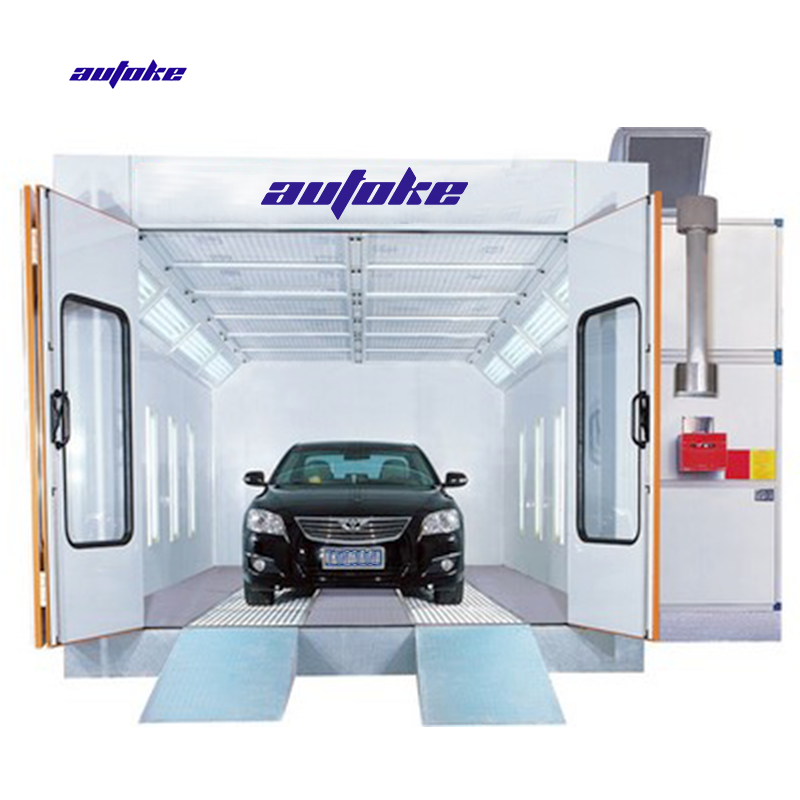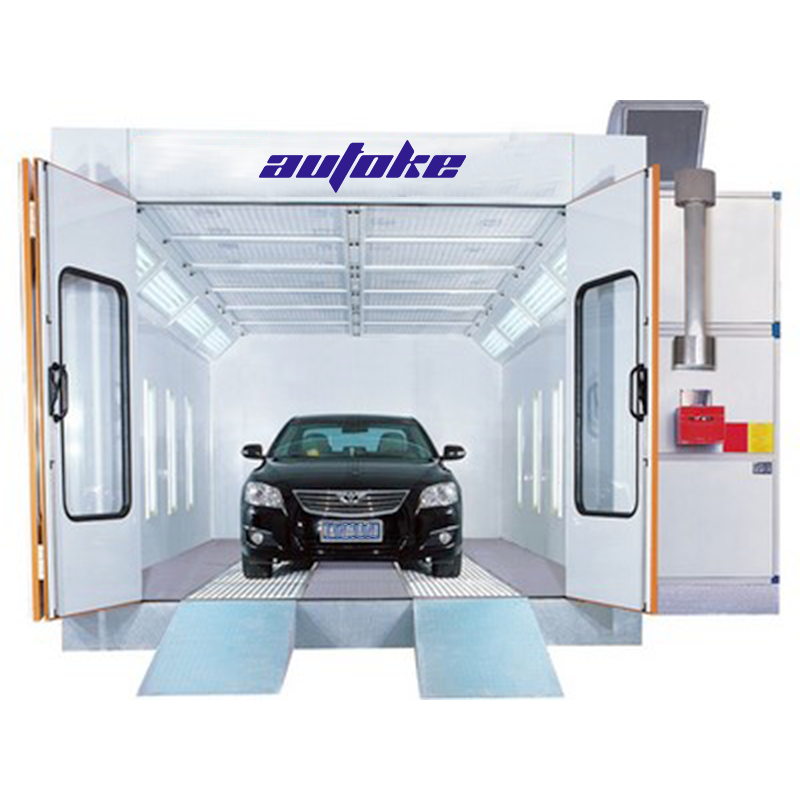When it comes to exterior siding materials, homeowners are often faced with a myriad of choices, each with its own set of advantages and disadvantages. Among the most popular options are fiber cement and stucco. While both materials offer durability and aesthetic appeal, a common question arises: Is fiber cement more expensive than stucco? This article delves into the cost implications of both materials, considering not only initial expenses but also long-term value, maintenance, and installation factors.
Understanding the Basics: Fiber Cement and Stucco
Before we dive into the cost comparison, it’s essential to understand what fiber cement and stucco are.
Fiber Cement is a composite material made from cement, sand, and cellulose fibers. It is known for its durability, resistance to pests, and ability to mimic the appearance of wood or masonry. Fiber cement boards are available in various textures and colors, making them a versatile choice for many architectural styles.
Stucco, on the other hand, is a traditional exterior finish made from a mixture of sand, cement, and lime. It is applied in layers and can be textured or smooth. Stucco is particularly popular in Mediterranean and Southwestern architectural styles, offering a unique aesthetic that many homeowners find appealing.
Initial Costs: Fiber Cement vs. Stucco
When comparing the initial costs of fiber cement and stucco, several factors come into play, including material costs, labor, and installation complexity.
- Material Costs:
- Fiber cement siding typically ranges from $0.70 to $5.25 per square foot, depending on the brand and style. High-quality options may be on the higher end of this spectrum.
- Stucco, on the other hand, generally costs between $6 to $9 per square foot, including materials and labor. The price can vary based on the complexity of the application and the finish desired.
- Labor Costs:
- Installing fiber cement siding requires skilled labor, as the material is heavy and requires precise cutting and fitting. Labor costs can add an additional $1 to $3 per square foot.
- Stucco installation is labor-intensive, often requiring multiple layers and drying times. The labor costs for stucco can also range from $2 to $5 per square foot, depending on the intricacy of the design.
Long-Term Value: Maintenance and Durability
While initial costs are important, long-term value should also be a significant consideration when choosing between fiber cement and stucco.
- Durability:
- Fiber cement is highly resistant to rot, pests, and extreme weather conditions. It can last up to 50 years or more with proper maintenance, making it a long-term investment.
- Stucco, while durable, is more susceptible to cracking and moisture damage, particularly in regions with significant temperature fluctuations. It typically lasts around 20 to 30 years before requiring repairs or replacement.
- Maintenance:
- Fiber cement requires minimal maintenance, usually needing only periodic painting or staining to maintain its appearance. This can save homeowners money over time.
- Stucco may require more frequent maintenance, including sealing and repainting, especially if cracks develop. This can lead to additional costs over the lifespan of the material.
Aesthetic Considerations
While cost is a crucial factor, the aesthetic appeal of each material cannot be overlooked.
- Fiber Cement offers a wide range of styles and finishes, allowing homeowners to achieve the look of wood, stone, or even brick without the associated maintenance issues. Its versatility makes it suitable for various architectural designs.
- Stucco provides a unique texture and can be customized with different colors and finishes. It is particularly favored in specific architectural styles, but its appearance may not appeal to everyone.
Conclusion: Making the Right Choice
So, is fiber cement more expensive than stucco? The answer is nuanced. While the initial costs of fiber cement may be higher, its durability, low maintenance requirements, and long lifespan can make it a more cost-effective choice in the long run. Conversely, stucco may appeal to homeowners looking for a specific aesthetic and who are willing to invest in regular maintenance.


